In James Hillman’s beautiful book, The Soul’s Code, he describes a way of thinking about symptoms and disorders that restores the dignity that Western medicine takes from madness.
He claims that our symptoms are not coincidental, and suggests instead that the particular curses we bear are related to our specific soul’s code, or destiny. The deepest and most painful challenges we face are related by inverse proportion to who we will become when we are completely unfolded and activated. In that sense, our destinies are tied up with our symptoms and would not be possible without them.
I have found Hillman’s discoveries to be not only beautiful but true. I have no doubt that my own experiences in madness are inseparable from the gifts that I bear for this world. I have also found this to be the beauty/truth when working with others. If I bother, I can see in each symptom, especially the truly horrible, awful, devastating ones that almost annihilate a person, a precious and life-force-studded seed that holds the full potential of their soul’s code.
The writers of the Diagnostic and Statistical Manual of Mental Disorders, in creating that hefty catalog of human woes, traffic with the idea that humanity’s diverse ecology of subjective inner-world experiences can be observed, described, sorted and named. Just as the naturalists once decided upon the phyla, kingdoms, families, histories and names of the flora and fauna of our outer world, psychologists have imposed scientific order on our inner world.
The different families of psychological suffering that psychologists have discovered are more or less distinct from each other. Each disorder has discrete experiences with distinctive features that are shared amongst all the people who grapple with that same category of struggle.
I acknowledge the value of this undertaking. The phenomena that the DSM aims to catalog have an undeniable reality, and I believe they are described accurately enough to help practitioners understand more about patterns they might not personally relate to.
The DSM’s naming of these patterns can be helpful for validation. Finding ourselves more or less reflected in a description we may be able to say to ourselves, “Wow, my suffering is real, look, there’s a name for it, and it really is as bad as I feel that it is.” There is a time and place for this type of validation, in my experience – and it often helps family members take our troubles seriously. I love the DSM for this, because in a society where nothing is real unless science says it is, it’s helpful to have science say that my experience really exists.
In other moments, the DSM’s way of holding the psychological phenomena they observed as signs of being disordered or sick leaves me with a feeling of disregard for my experience that denies its beauty and value. I’m not sure why they did not choose to group their observations according to the more common and predominant phenomena of our inner world –types of human joy, psychological health, strength, spiritual experiences, and resilience.
The DSM was birthed by the Western medical model, which is notorious for its negative slant and its interest in excising. Western medicine loves to isolate and cut out an infected area of the body or soul as though the presence of that symptom were not deeply related to the rest of the person who produced it. In contemporary psychology with an overly DSM-heavy take, the attack on “infected” areas of our souls creates a lot of problems, not least of which is the fact that practitioners miss the real origin of the problem (usually not located in the exact place that you find it, but usually in some deeper, more causal place).
The even more problematic fail in my opinion is that overly DSM-happy practitioners may forget that the infection is just the messenger. By shooting it we accomplish nothing other than shutting down the conversation! And if working with the soul’s code has taught me anything, it’s that if our souls don’t succeed, you can bet they will try, try again to get that message through – sending as many symptoms as it takes to get our attention. Not only is it violent, it’s fairly pointless to keep cutting off the heads of our disorders – symptoms just grow back unless you stop attacking and see what that hydra was trying to tell you.
For that reason, it might be nicer to see the DSM as start but not the final word in the discussion of our psychological patterns. As I said, the DSM is a great tool for realizing, “Wow, this pattern of experiences I am going through is a documented phenomenon – it really is a thing that other people have dealt with as well – what a relief to know I am not alone!”
What we say, think, and do next with that information is very important too though: How do we interpret the presence of this pattern, and how do we personally choose to relate to it? Is it an enemy to be stamped out, or a kind friend come to tell us some uncomfortable but valuable truth?
Viktor Frankl, author of Man’s Search for Meaning, and someone who managed to find love in one of the darkest pockets of humanity’s heart, maintains that it is, in the end, the meaning we make of our lives that improves them more than any other factor. For some, the meaning of having a disorder may be as simple as concluding, “I have this genetic disease and I must live with it, but it does not determine me, and I will not let it decide my whole existence.” A person whose soul is interested in a different story might say, “I have this pattern showing up in my life – I will use it to create deep and powerful artwork that touches all of mankind. It is part of my soul’s code.” Another woman may say, “This disease will be my greatest teacher. I will learn everything I can from it and have it make me grow strong in character and love.” In other words, you could say it’s all in the interpretation, which is up to the nature and choice of the person with that disorder.
One meaning that I like to make of the DSM is to see each catalogued item as a call to activate a special and specific potential destiny. I would love to someday see a radically new edition sitting on the shelves of every practitioner’s office – the Diagnostic and Statistical Manual of the Soul’s Code.


